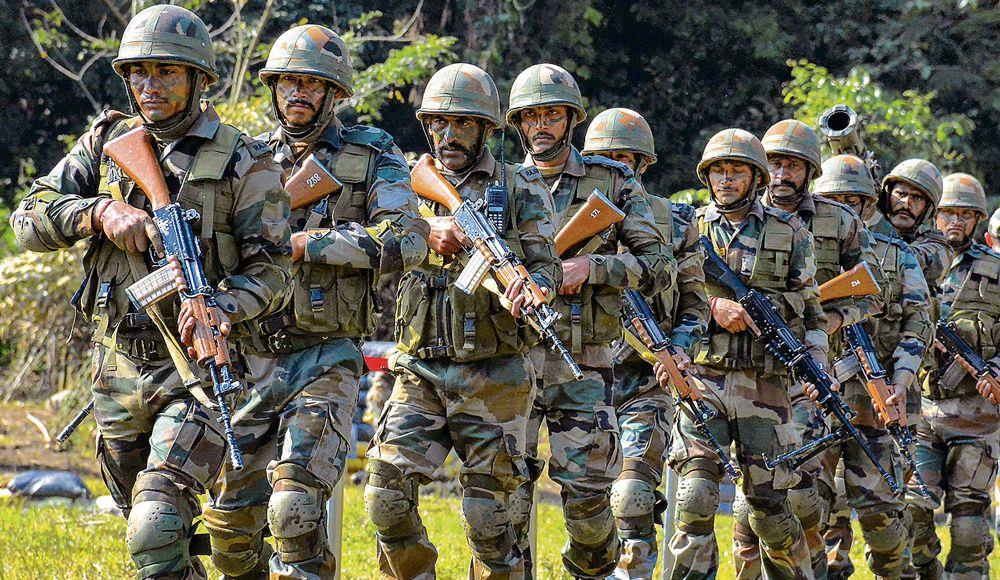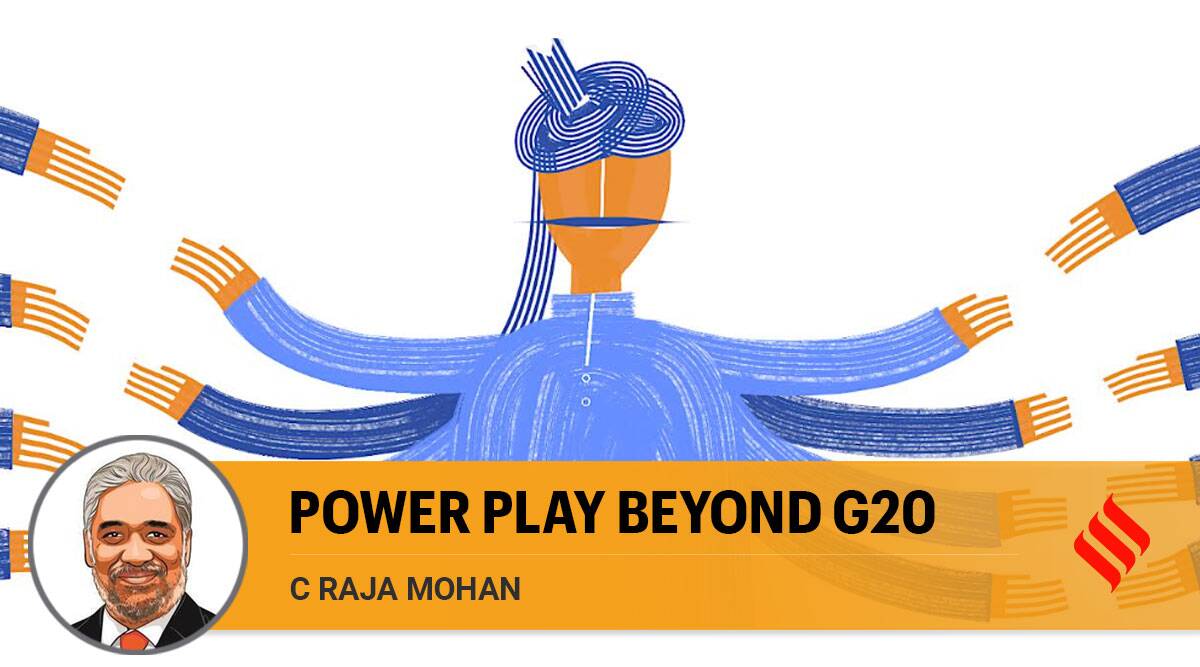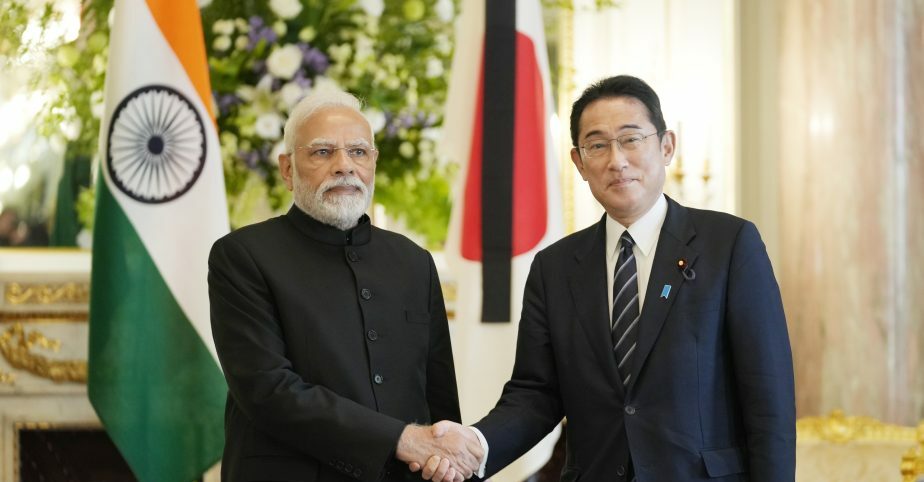Multi-Layered Security Hurdles
THE TRIBUNE
APLN member C Uday Bhaskar points out that global and regional geopolitical domains are fraught with many developments that augur ill for India’s composite national security in the year ahead. Read the original article here.
NEW Year greetings inundated social media on December 31 to herald the arrival of 2023. However, given the blighted nature of 2022 that began with the feckless Russian invasion of Ukraine in February and was exacerbated by the lack of global resolve to address the climate change crisis and the lingering/mutating Covid detritus, it is unlikely that this year will be happy in any substantive manner — for the world in general, the extended southern Asian region and India in particular.
The impact on the global economy due to the turbulence of 2022 was pithily summed up by IMF Managing Director Kristalina Georgieva, who cautioned on January 2 that 2023 will be a ‘tough year’ with almost one-third of the world’s economies expected to be in recession.
As per an earlier IMF assessment, global growth was forecast to slow down from 6 per cent in 2021 to 3.2 per cent in 2022 and 2.7 per cent in 2023. This is deemed to be the weakest growth profile since 2001 and the IMF chief noted that the three major economies — the US, the EU and China — are all slowing down simultaneously. While India has managed the economic slowdown better than most of the major economies, the overall drop in global growth will impact India’s export potential with attendant fiscal challenges — particularly in relation to fund allocation for the Defence Budget that will be finalised soon.
The global and regional geopolitical domains are fraught with many developments that augur ill for India’s composite national security in the year ahead. The Ukraine war is likely to be pursued with renewed vigour, with the use of more lethal ordnance, even as the tragic conflict is poised to enter the second year. This exigency will further enervate an already weakened Russia.
The US and its NATO allies are now firmly ranged against Russia in relation to Ukraine, and, concurrently, the US-China bilateral tension remains intractable — for now. For India, two strands impact its military security. The first is the reliability of Moscow as the primary supplier of conventional military inventory for the Indian armed forces, even while navigating the paradox that Russia has been a valuable and irreplaceable partner in enhancing Delhi’s strategic capabilities — viz underwater nuclear propulsion, joint missile production et al.
India’s security challenges emanating from an assertive and belligerent Beijing were on display in the 2020 Galwan ‘scuffle’ to the more recent Arunachal Pradesh transgression by PLA troops. This pattern is likely to simmer for the near future in the absence of a sustained political effort to arrive at a modus vivendi in a six-decade-old conflict over contested territoriality.
The regional grid is posing its distinctive security challenges. The genesis of this goes back to the Soviet invasion of Afghanistan and the concomitant rise of Islamic religious militancy and terrorism. The nurturing of Taliban ideology in the Pakistan-Afghanistan tribal belt in the 1990s, and the subsequent emergence of Taliban factions in Afghanistan (currently in power in Kabul) and the Pakistani variant (TTP) has acquired disturbing malignancy for Rawalpindi — the GHQ of the Pakistan army.
Over the last few months, the TTP has scaled up its attacks on the Pakistani army and Islamabad was subjected to a terrorist attack — the first since 2014. The TTP enjoys a degree of tacit support from the Taliban-led regime in Kabul and the New Year began with a very bitter exchange of words between Pakistan and Afghanistan. Threats by Pakistan that it would bomb TTP hideouts in Afghanistan were angrily rejected by the Taliban and a January 2 tweet sums up the state of the Pak-Afghan estrangement. Taliban spokesman Ahmad Yasir tweeted in response to the Pakistan threat: ‘This is Afghanistan, the graveyard of empires. Never think of a military attack on us, or else you may end up with the embarrassing repeat of the (post-1971 Bangladesh War) agreement with India.’
The irony for the Pakistan ISI is having to deal with an entity it created — the proverbial case of a beneficiary ‘biting the hand that feeds’ — and there is a sense of déjà vu about the TTP becoming the kind of domestic threat that it became in 2008. This was the phase whose most bloody manifestation was the 2014 terror attack on Army Public School in Peshawar.
In that period, the then US Secretary of State, Hillary Clinton, warned Pakistan (December 2011) that ‘you can’t keep snakes in your backyard and expect them only to bite your neighbours. Eventually those snakes are going to turn on whoever has them in the backyard.’
For Delhi, the possibility that these terrorist ‘snakes’ will be encouraged to target Indian assets remains a perennial security challenge and the recent uptick in violence in Jammu and Kashmir is illustrative of what lies ahead. The close cooperation between China and Pakistan and the contradictory, yet close, US-Pakistan relationship apropos of Afghanistan and terrorism will pose a complex challenge for Delhi — even as it prioritises the stewardship of the G20 in 2023.
The challenges to India’s national security are likely to become more virulent in 2023, but the higher defence management responses do not appear to have the kind of clarity and urgency that they merit — if the deliberations in Parliament are any indication. Earnest rhetoric is no substitute for substantive and sustained investment in enhancing composite military capability and professional political acumen.
Image: The Chinese intrusion and the recent uptick in violence in Jammu and Kashmir are illustrative of what lies ahead. PTI




